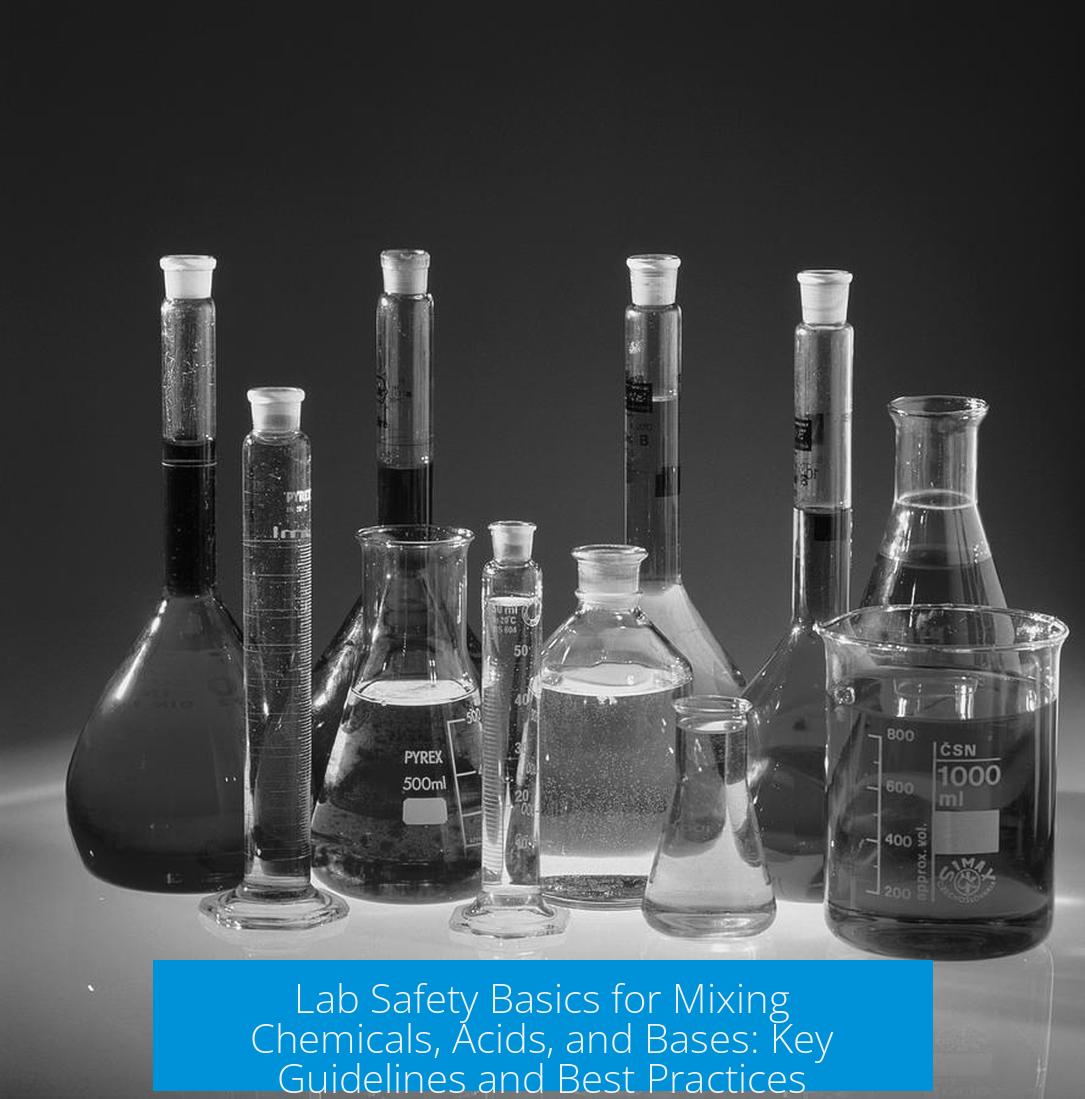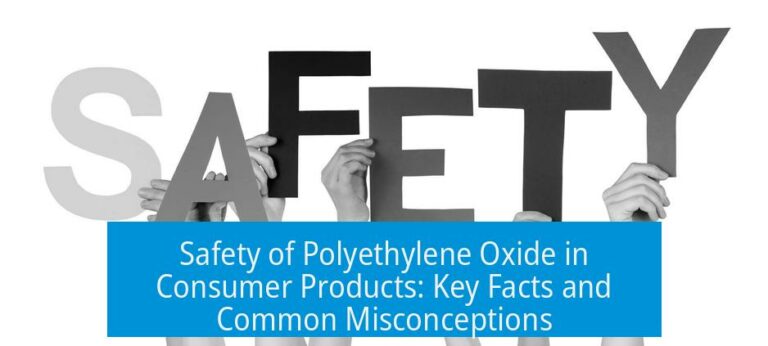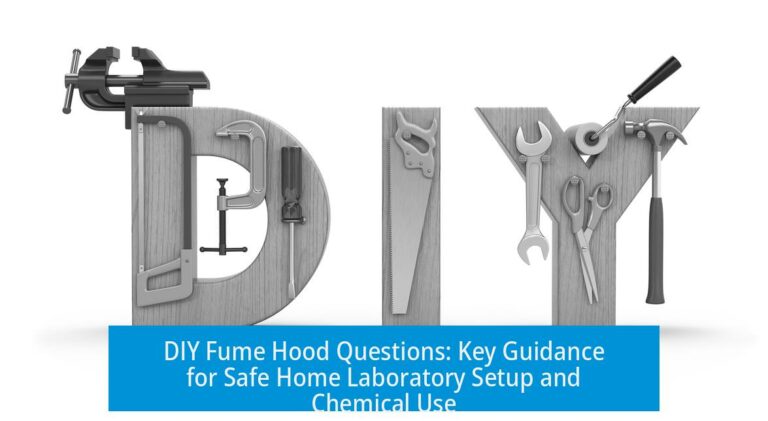Lab Safety Basics for Mixing Chemicals, Acids, and Bases
When mixing chemicals in the lab, the most critical safety rule is to always add acid to water, never water to acid. This method prevents dangerous splashing and violent exothermic reactions.
Proper Mixing of Acids and Water
Adding acid directly into water ensures better temperature control and reduces the risk of acid splashes. Reversing this—pouring water into acid—can cause acid to splash and potentially injure the user.
Avoiding Dangerous Chemical Combinations
- Never mix nitric acid with organic compounds. This combination is highly reactive and can lead to hazardous conditions.
- Avoid mixing acetone with hydrogen peroxide, as this can cause explosive or violent reactions.
Chemical Storage Organization to Minimize Hazards
Proper storage prevents unintended reactions and facilitates safe handling. Chemicals should be grouped by chemical nature:
- Separate acids, bases, polar and nonpolar solvents, and chlorinated solvents.
- Oxidizers require their own dedicated storage area.
- Small bottles of organic reagents should be stored in a flammable cabinet, sorted by carbon content.
- Refrigerate chemicals that require low temperatures.
- Use secondary containment to prevent spills.
Avoid storing chemicals alphabetically to reduce the risk of placing incompatible substances together. Always label all chemicals clearly.
Handling Neutralization and Waste Disposal
Sodium bicarbonate can neutralize acids like nitric and acetic acid; however, neutralizing chemicals on-site without proper permits may violate local regulations as it is legally considered waste treatment. For safe disposal:
- Use separate waste containers for acids and bases.
- Avoid partial neutralization inside sealed containers to prevent pressure buildup, which can deform or rupture waste containers.
Local rules vary, so always consult regulatory guidelines before neutralizing chemical waste.
Additional Resources
For broader laboratory safety knowledge, consider consulting basic laboratory methods textbooks. These provide foundational safety and procedural information beyond acids and bases.
Key Takeaways
- Add acid to water, never water to acid, to prevent splashing.
- Do not mix nitric acid with organics or acetone with hydrogen peroxide.
- Store chemicals by type, not alphabetically; use proper containment and refrigeration.
- Neutralization of waste requires permits; avoid incomplete neutralization in sealed containers.
- Consult validated safety resources and local regulations regularly.
What is the correct way to mix acid and water safely?
Always add acid to water slowly. Never pour water into acid. This prevents splashing and dangerous heat reactions that can cause injury.
Why should nitric acid not be mixed with organic compounds?
Mixing nitric acid with organics can cause violent reactions. This combination is unstable and may result in fire or explosions.
How should chemicals be stored to prevent accidents?
- Store chemicals by type: acids, bases, polar, nonpolar, chlorinated.
- Separate oxidizers and refrigerate if needed.
- Use secondary containment and proper labeling to avoid mixing incompatible chemicals.
Is it safe to neutralize acids before disposal using sodium bicarbonate?
Neutralizing acids with sodium bicarbonate can cause pressure build-up if done improperly. Also, some regulations consider neutralization a form of waste treatment requiring permits.
What precautions are important when handling chemical waste after mixing acids or bases?
Keep acids and bases in separate waste containers. Avoid partial neutralization that can generate gas in sealed containers. Follow local disposal regulations strictly.





Leave a Comment